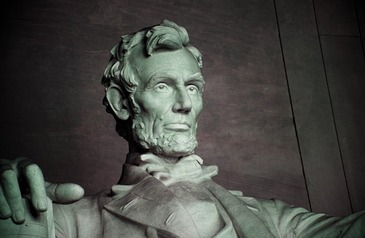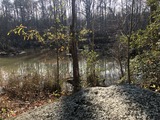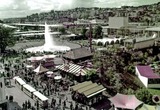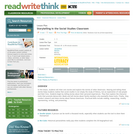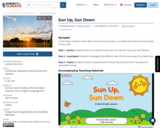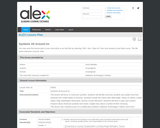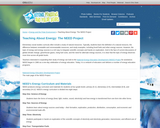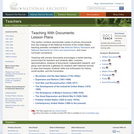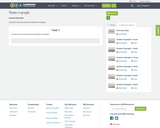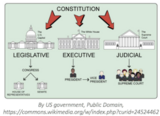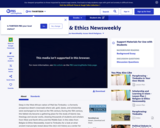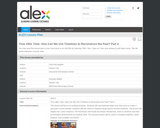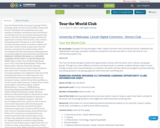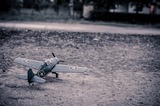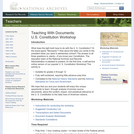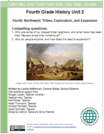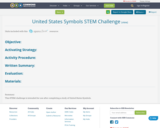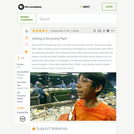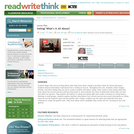Tour the World Club
By: Joy Karges Copyright 2019 by Joy Karges under Creative Commons Non-Commercial License. Individuals and organizations may copy, reproduce, distribute, and perform this work and alter or remix this work for non-commercial purposes only.
Abstract
This Tour the World club gives students the opportunity to interact with the world, other cultures, and people groups. Through six or seven different countries and many hands-on activities, students will learn what it means to keep an open mind, they will develop a curiosity for the world, and they will be encouraged to prioritize learning and asking questions over giving judgments when faced with something new.
NEBRASKA HONORS PROGRAM CLC EXPANDED LEARNING OPPORTUNITY CLUBS INFORMATION SHEET:
Name of Club: Tour the World
Age/Grade Level: 9-10 yr./3rd & 4th Grade
Number of Attendees: (ideal number: 10)
Goal of the Club: (learning objectives/outcomes) Learn what it means to keep an open mind, foster curiosity for the world, and encourage questions over judgements when faced with something new.
Resources: (Information for club provided by) Several international students at my university: Yassine, Laetitia, Evode, Ruth, and Rebecca, as well as some online resources.
Content Areas: (check all that apply)
☐ Arts (Visual, Music, Theater &Performance)
☐ Literacy
☐ STEM (Science, Technology, Engineering &Math)
☒ Social Studies
☐ Wellness (Physical Education, Health, Nutrition &Character Education)
Outputs or final products: (Does the club have a final product/project to showcase to community?) A completed “passport” with their favorite things about each country we visit, as well as several other take-home crafts.
Introducing your Club/Activities: This Tour the World Club gives students the opportunity to interact with the world, other cultures, and people groups.
General Directions: Think of 6-7 countries you are interested in and research more about their cultural aspects; food, holidays, flag, geographic location, language, sports, etc. Integrate hands-on activities to help students connect to a few of these aspects.
Tips/Tricks: Don’t try to teach too many cultural aspects, pick two or three and go more in depth. Make everything as interactive as possible.

